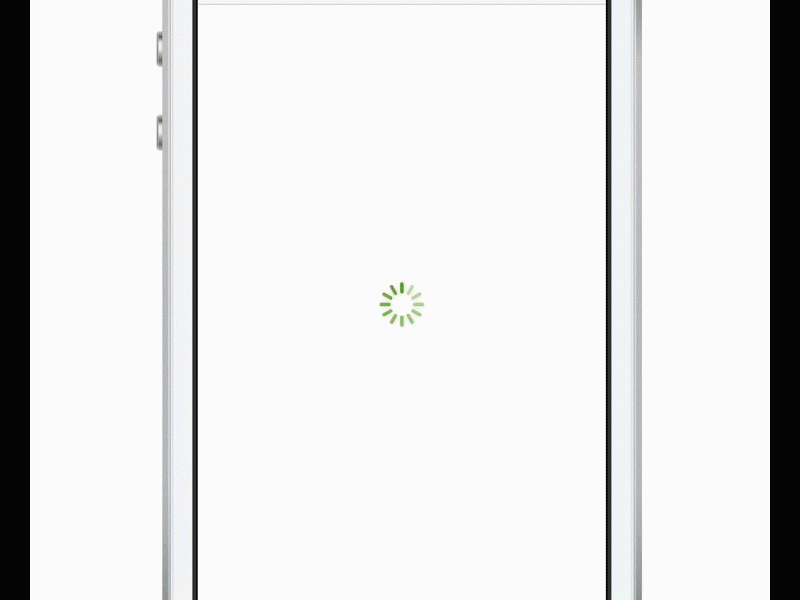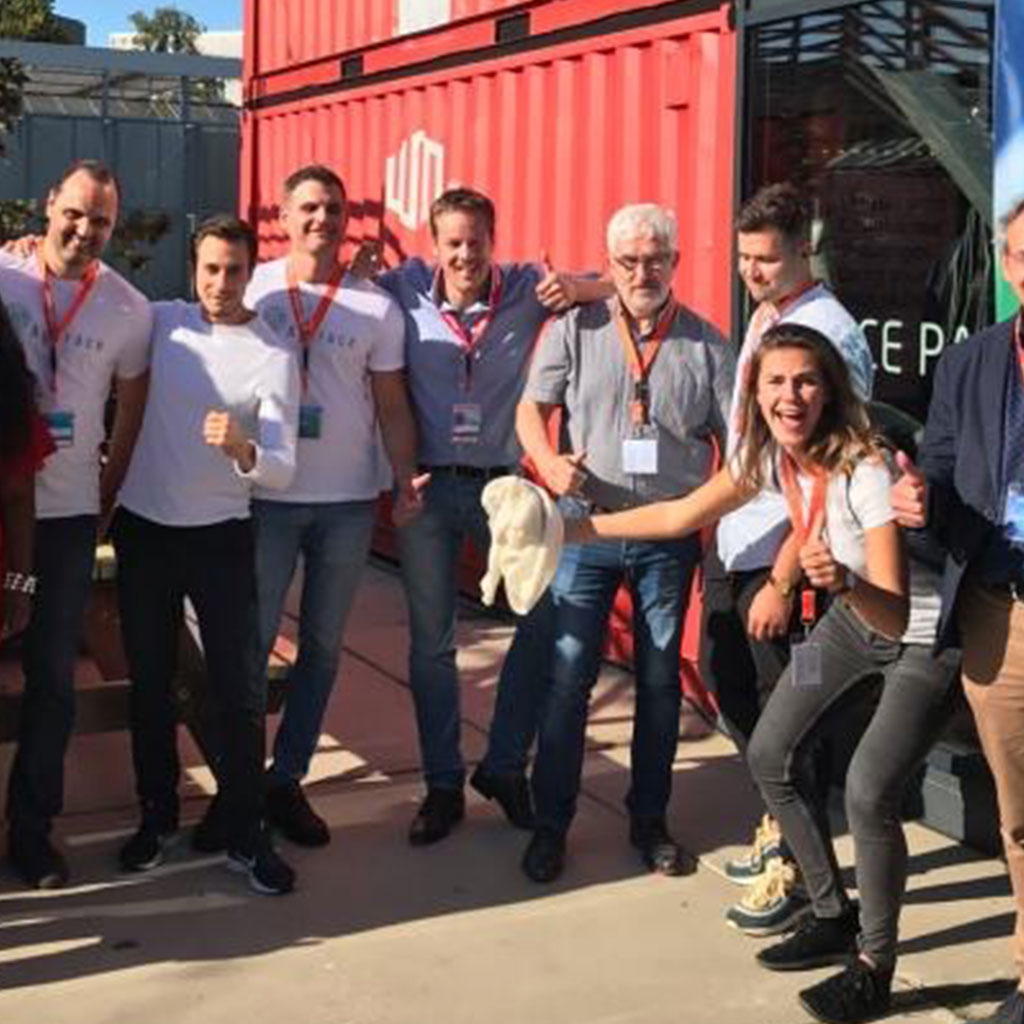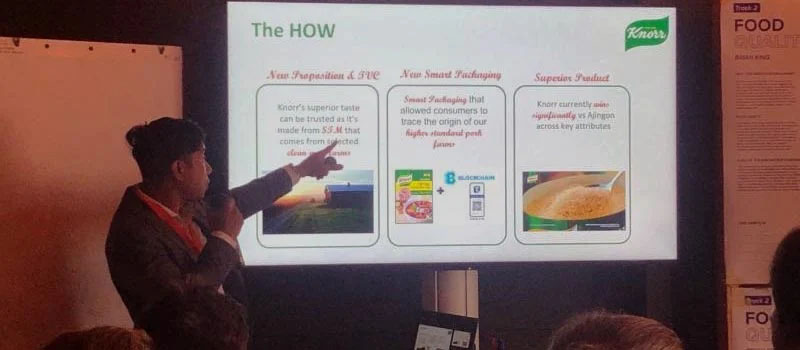Unilever and Scantrust hosted a two-day activity, or track, at the Strike2Summit to discuss concepts for creating food traceability solutions, especially as it regards food quality. Strike2Summit is a conference that takes place in Amsterdam for industry leaders, start-ups, investors, governments, and civil society to collaborate with digital solutions that are building sustainable, future-proof industries.
The summit was structured into three tracks at the Consumer Trust Event:
- Food Safety
- Food Quality (Unilever/Scantrust)
- Food Circularity
The track 2, “Food Quality” event was co-hosted and co-organized by Unilever and Scantrust.
 The first day for the Food Quality track was about inspiring the participants toward creative blockchain-based solutions for food provenance. Toward that inspiration, Scantrust and Unilever presented a project that tracks the source of pork meat ingredients for a Knorr Vietnam product – a food traceability project that went into production in Vietnam. The Scantrust app allows a consumer to scan a unique Scantrust QR code on Knorr soup packs to learn about:
The first day for the Food Quality track was about inspiring the participants toward creative blockchain-based solutions for food provenance. Toward that inspiration, Scantrust and Unilever presented a project that tracks the source of pork meat ingredients for a Knorr Vietnam product – a food traceability project that went into production in Vietnam. The Scantrust app allows a consumer to scan a unique Scantrust QR code on Knorr soup packs to learn about:
- What farm the ingredients come from
- When the pig was slaughtered and processed
- When the soup product was made and packaged
- Related product information
This project is an important case study and was the ideal encouragement for all participants in the Food Quality track at Strike2Summit because it shows that we’ve moved on from the proof-of-concept stage to a live blockchain solution in the food industry. Millions of Vietnamese consumers have been able to scan Knorr soup packs with the Scantrust Knorr app giving them instant access to the entire provenance history of their soup ingredients.
The ensuing discussion and Q&A session were intense and fortunately productive. Some of the questions discussed were:
- What is the exact value that blockchain adds to the project?
- How do we ensure data integrity and quality?
- How frequently are consumers scanning QR codes?
- What are plans to roll-out the solution to other markets?
These led to the panel discussion, including experts from Nutreco and BlockchainNL, that focused on how to increase the adoption of blockchain-based food quality solutions.
Challenges naturally came from the panelists as well. How do farmers benefit from consumer food provenance solutions? How can we scale the Knorr case study to other markets and brands? What hurdles prevent further adoption of more blockchain-based food provenance solutions? Just about every track participant had their own opinions to contribute around food quality and proposed solutions. That was, after all, the point. With the use-case providing a tangible starting point as an important reminder that blockchain food quality solutions at scale are already a reality, the goal was, and continues to be, moving on to the next project and the next implementation.
The panel discussion wrapped up the inspirational segment of the “Food Quality” track. Next up was a joint analysis on how to solve the main challenges that were encountered with the Scantrust Knorr app:
- The Knorr provenance data came from a relatively small, local Vietnamese supply chain. Rolling out the same solution on a larger scale will require many more suppliers working together. How can this be achieved? How can we convince disparate suppliers to join a blockchain network?
- Smart packaging is, admittedly, in its infancy in Europe, though growing in adoption. What needs to be done to increase the percentage of European consumers interacting with their product packages, namely scanning QR codes?
Track participants set about the task of preparing a convincing pitch to give the track organizers. The “solution market”, an open area at the conference, where different providers were exhibiting their solutions, was one source of solutions that was fair play, but the heavy lifting needed to come from the creativity among the group members. After 2 hours of preparation, the ideas were pitched and the jury deliberated to choose which three concepts would be brought over to the day 2 activity.
The Strike2Summit left us with a few key takeaways:
- The food industry is under pressure from consumers to reveal food provenance. Legacy solutions just don’t cut mustard any more – brands need to get ahead of this using new technologies
- Realizing transparency models demands a multi-stakeholder approach, the participation of all supply chain actors
- Quality solution providers are not in any shortage. Technology has advanced rapidly yet industries need to be bolder and embrace the move beyond proof-of-concept to realize applications that solve real challenges
Scantrust is contributing to the future of food. We are empowering consumers with a way to know where their food is coming from and most importantly we are in high gear to work with brands to port their own business goals into the demands of consumers.
Are Scantrust solutions in the food industry interesting to you?

 The first day for the Food Quality track was about inspiring the participants toward creative blockchain-based solutions for food provenance. Toward that inspiration, Scantrust and Unilever presented a
The first day for the Food Quality track was about inspiring the participants toward creative blockchain-based solutions for food provenance. Toward that inspiration, Scantrust and Unilever presented a
